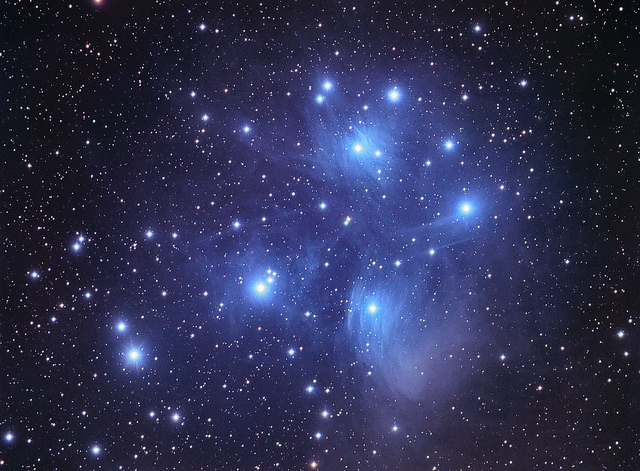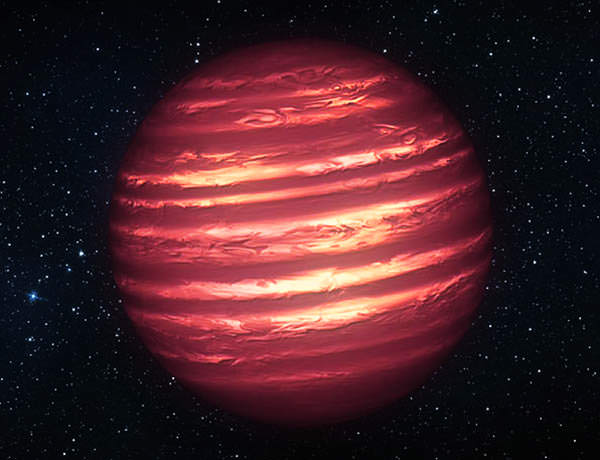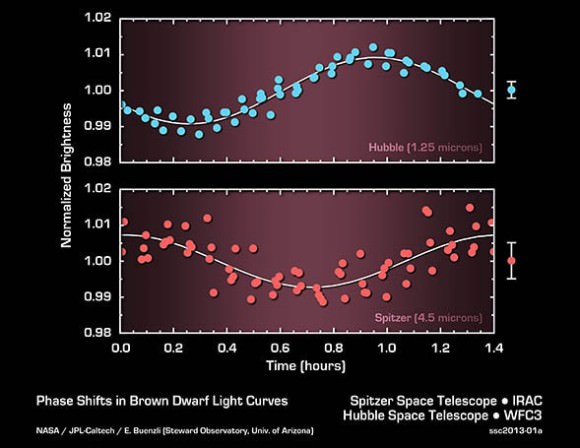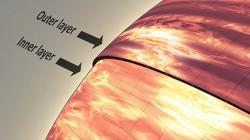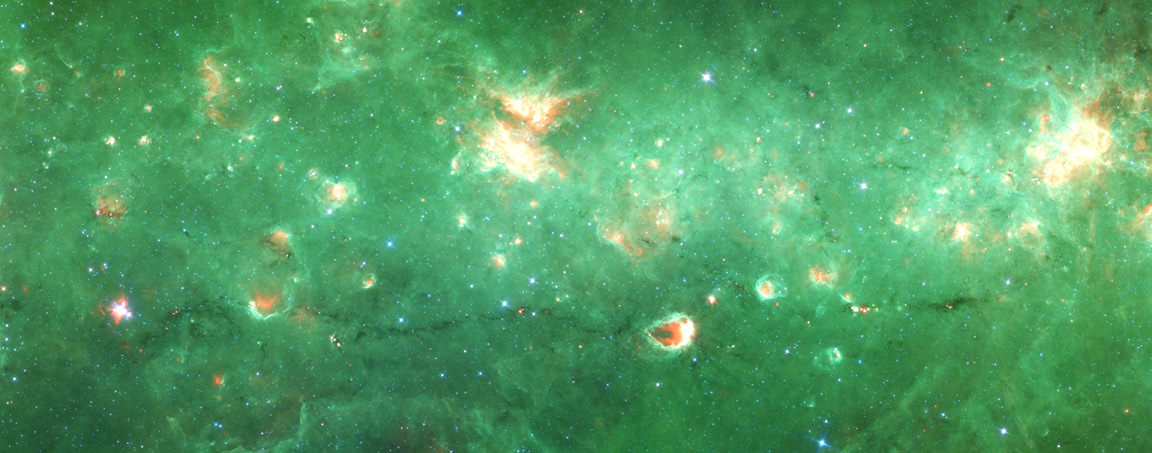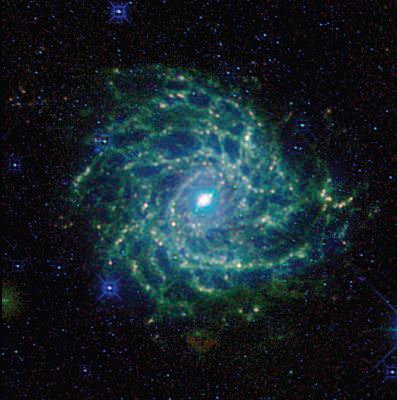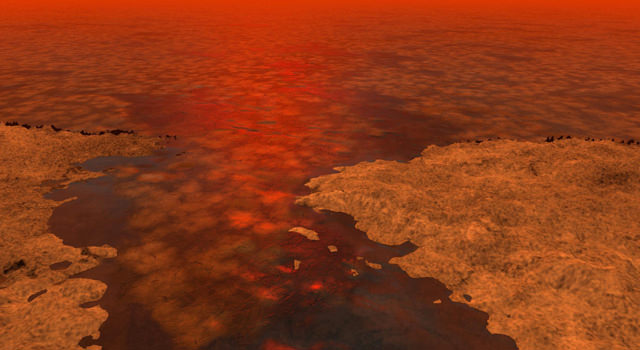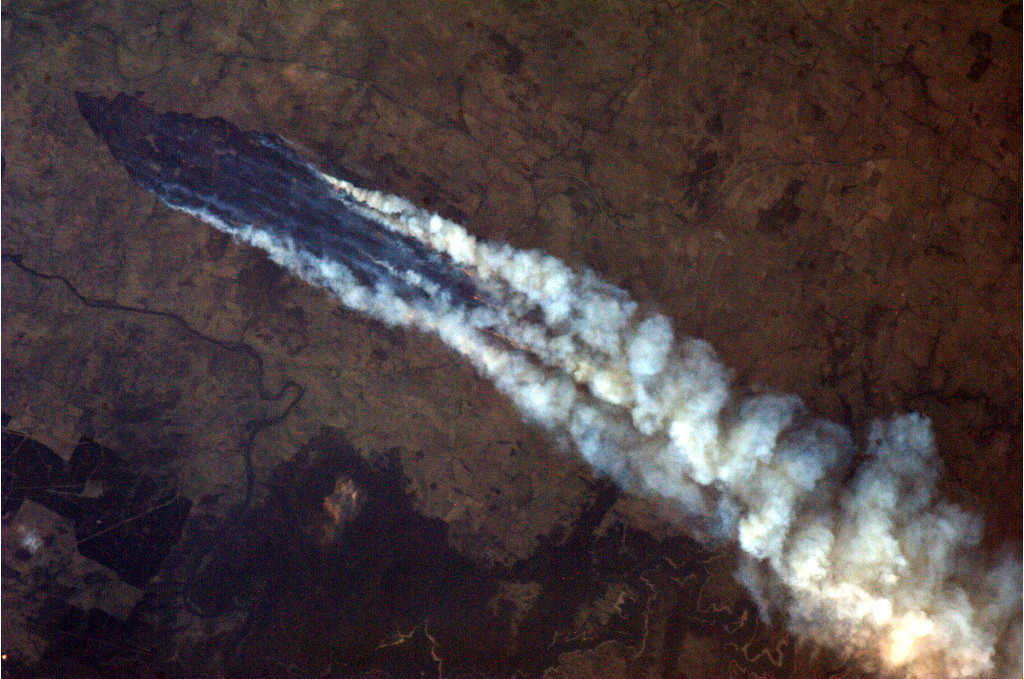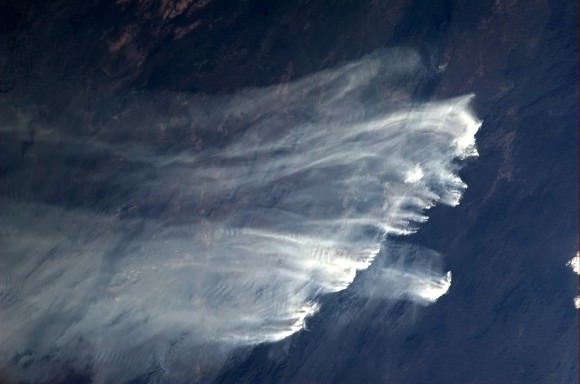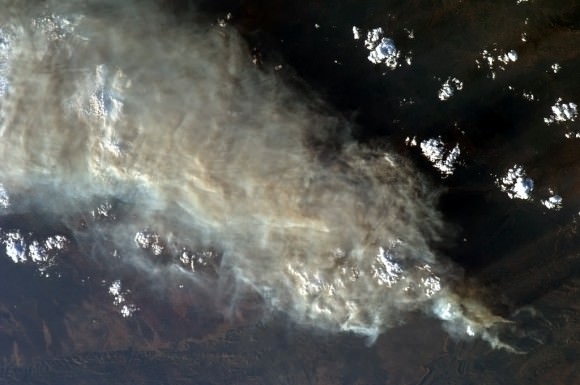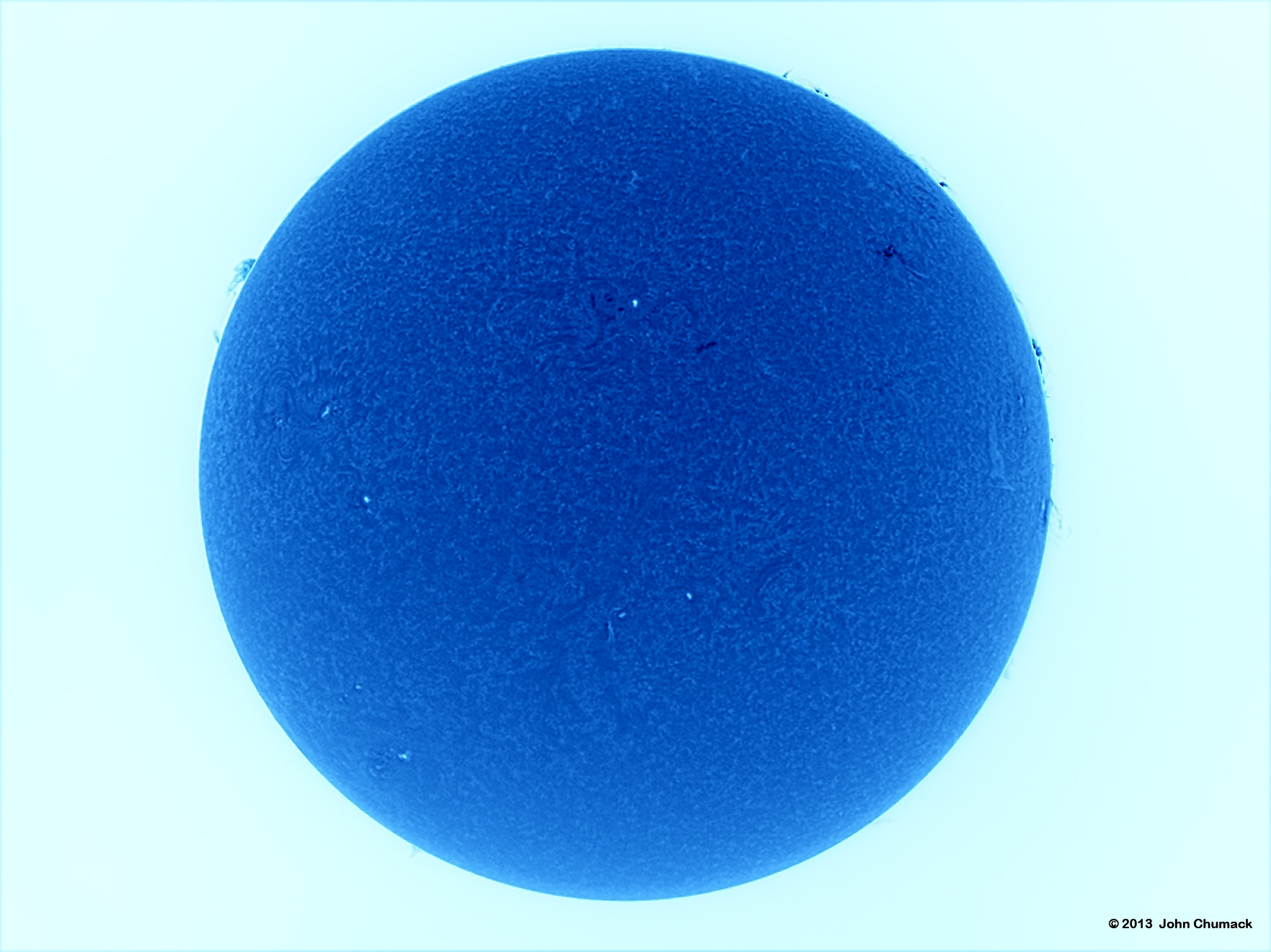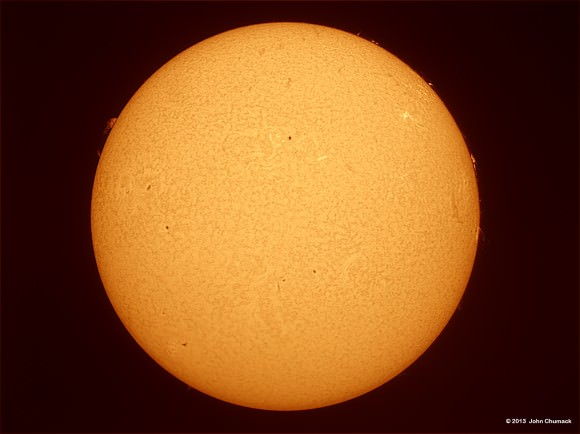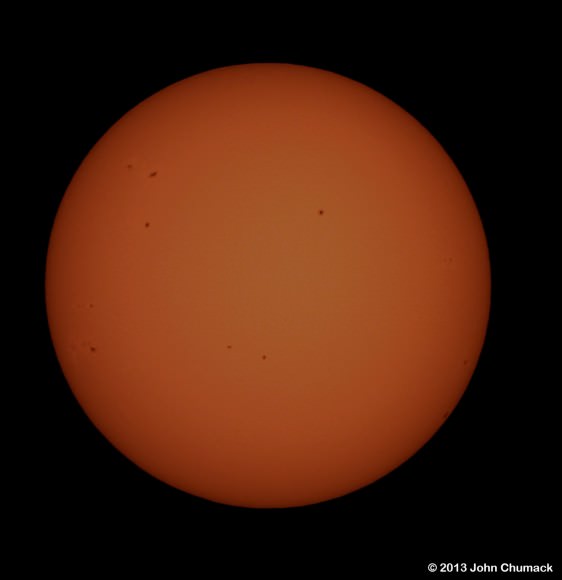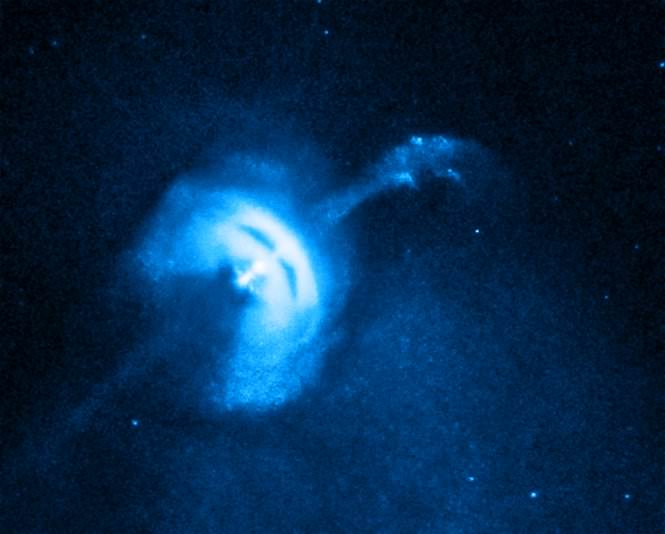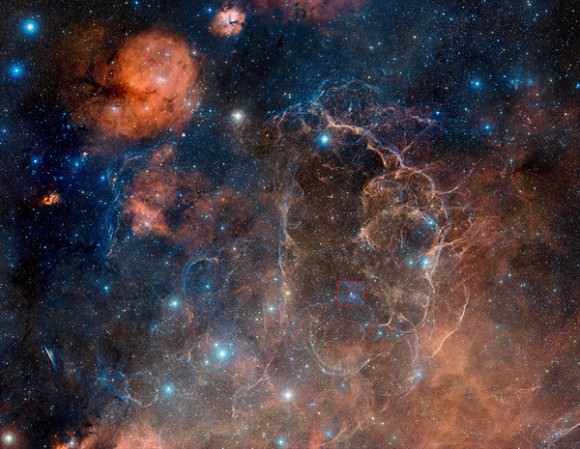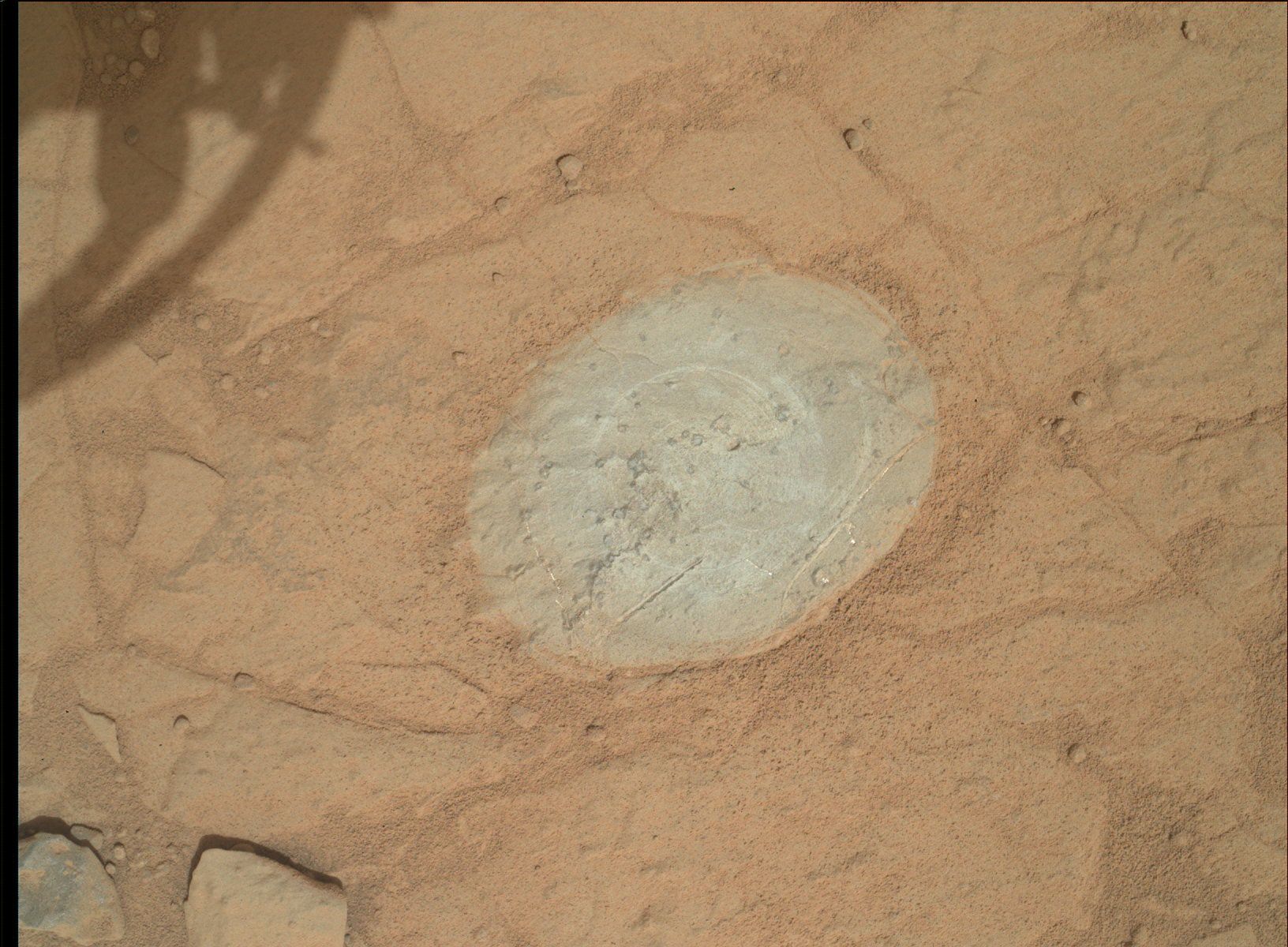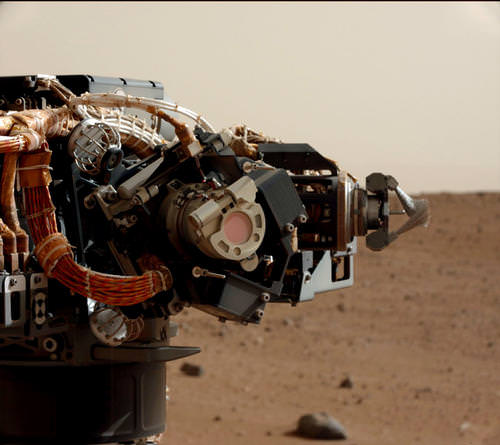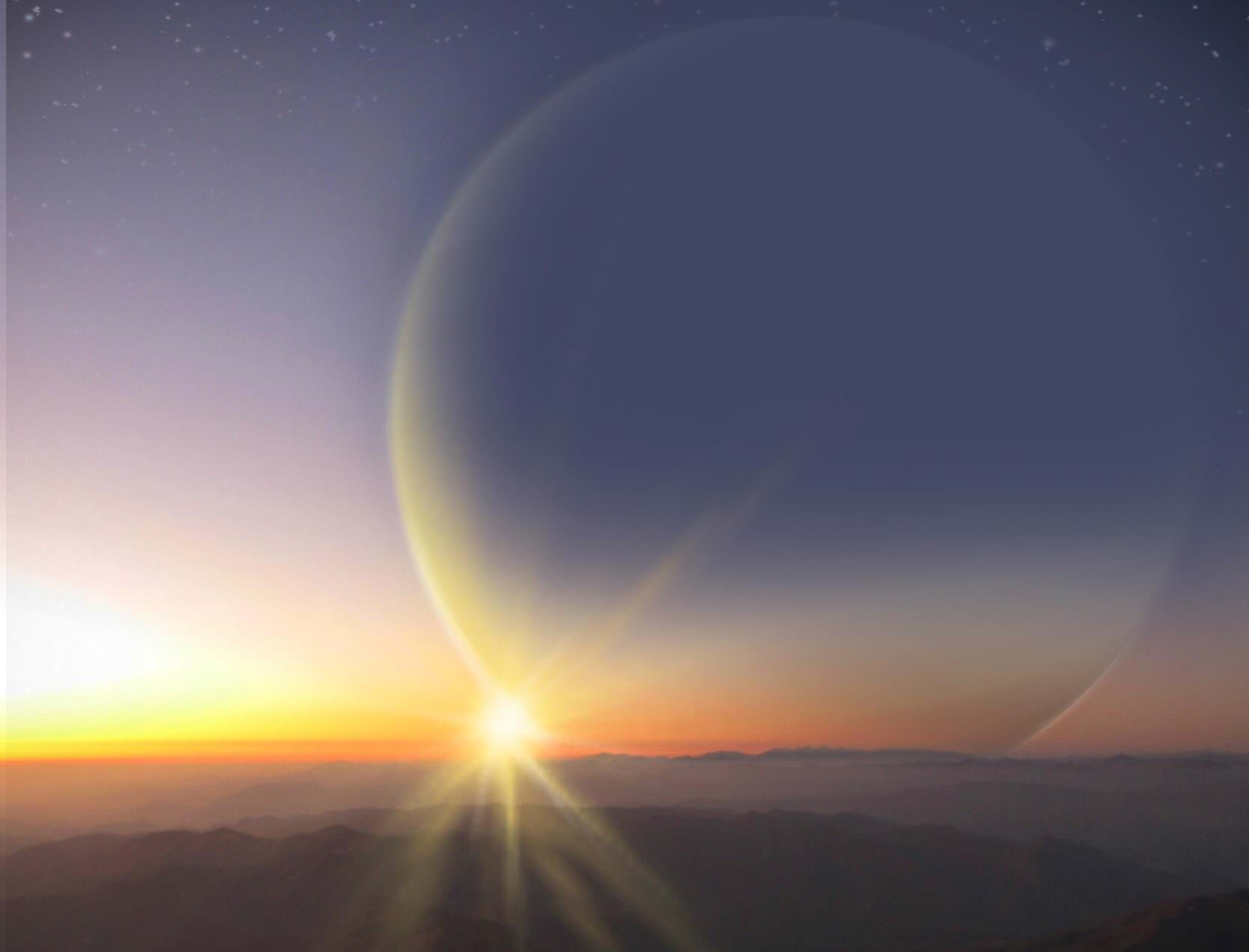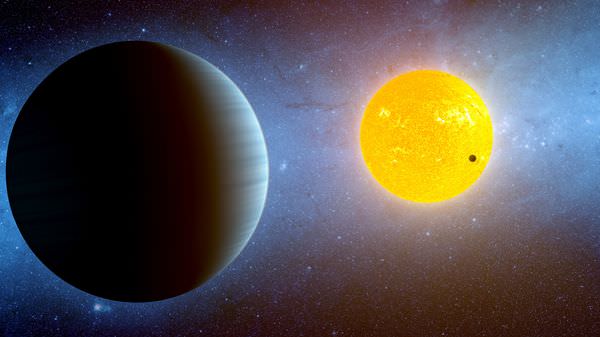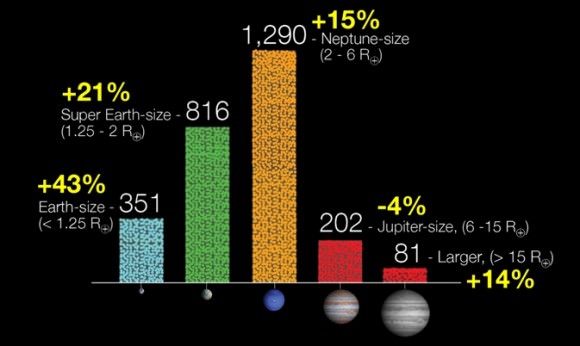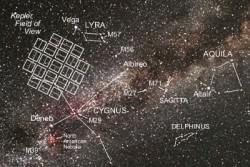Imagine moons like Europa or Enceladus that are orbiting distant gas giant exoplanets located in the habitable zone of their star. What would be the potential for life on those moons? Hopefully one day we’ll find out, as that could be the scenario at an exoplanet that has been found by the Planet Hunter citizen science project. This is the second confirmed planet found by Planet Hunters, and the newest planet, PH2 b, is a Jupiter-size world in the habitable zone of a Sun-like star.
“There’s an obsession with finding Earth-like planets but what we are discovering, with planets such as PH2 b, is far stranger,” said Chris Lintott of Oxford University and Zooniverse. “Jupiter has several large water-rich moons – imagine dragging that system into the comfortably warm region where the Earth is. If such a planet had Earth size moons, we”d see not Europa and Callisto but worlds with rivers,lakes and all sorts of habitats – a surprising scenario that might just be common.”
Astronomers with Planet Hunters estimate the surface temperature PH2 b is 46 degrees Celsius. That’s a “just right” temperature for there to be liquid water, but it is extremely unlikely that life exists on PH2 b because it is a gas planet, and might be similar to Jupiter, so there is no solid surface or liquid environment for life to thrive. But if this planet is anything like the gas giant planets in our solar sytem, there could be a plethora of moons orbiting them.
“We can speculate that PH2 b might have a rocky moon that would be suitable for life, said lead author of the paper that has been published in arXiv, Dr Ji Wang, from Yale University. I can’t wait for the day when astronomers report detecting signs of life on other worlds instead of just locating potentially habitable environments. That could happen any day now.”
Additionally, the Zooniverse’s Planet Hunters team announced today that their citizen science volunteers have discovered 31 long-period planet candidates, with 15 of these new planet candidates orbiting in the habitable zones of other stars.
The team said that with 19 similar planets already discovered in habitable zones, where the temperature is neither too hot nor too cold for liquid water, the new finds suggest that there may be a “traffic jam” of all kinds of strange worlds in regions that could potentially support life.
Although most of these planets are large, like Neptune or Jupiter, these discoveries increase the sample size of long-period planet candidates by more than 30% and almost double the number of known gas giant planet candidates in the habitable zone, Wang said. “In the future, we may find moons around these planet candidates (just like Pandora around Polyphemus in the movie Avatar) that allows life to survive and evolve under a habitable temperature.”
They also have a “watch list” for 9 further planet candidates which have only 2 transits observed.
To study the PH2 b system, the astronomy team from Planet Hunters used the HIRES spectrograph and NIRC2 adaptive optics system on the Keck telescopes in Hawaii to obtain both high resolution spectrum and high spatial-resolution images.
“The observations help us to rule out possible scenarios for false positive detections and give us a measured confidence level of more than 99.9% that PH2 b is a bona-fide planet rather than just an illusion,” Wang wrote on the Planet Hunter’s blog.
More than 40 volunteers were listed as co-authors on the paper, acknowledging the contributions of hundreds of volunteers to the effort. Among them is Roy Jackson, a 71-year-old retired police officer who lives in Birtley, near Gateshead. He said:
“It is difficult to put into words, the pleasure, wonderment and perhaps even pride that I have in some small way been able to assist in the discovery of a planet. But I would like to say that the discovery makes the time spent on the search well worth the effort.”
Mark Hadley, an electronics engineer from Faversham, another of the Planet Hunters credited on the paper, said: “Now, when people ask me what I achieved last year I can say I have helped discover a possible new planet around a distant star! How cool is that?”
“These are planet candidates that slipped through the net, being missed by professional astronomers and rescued by volunteers in front of their web browsers,” said Lintott. It’s remarkable to think that absolutely anyone can discover a planet.”
Sources: Yale University, Planet Hunters blog.

